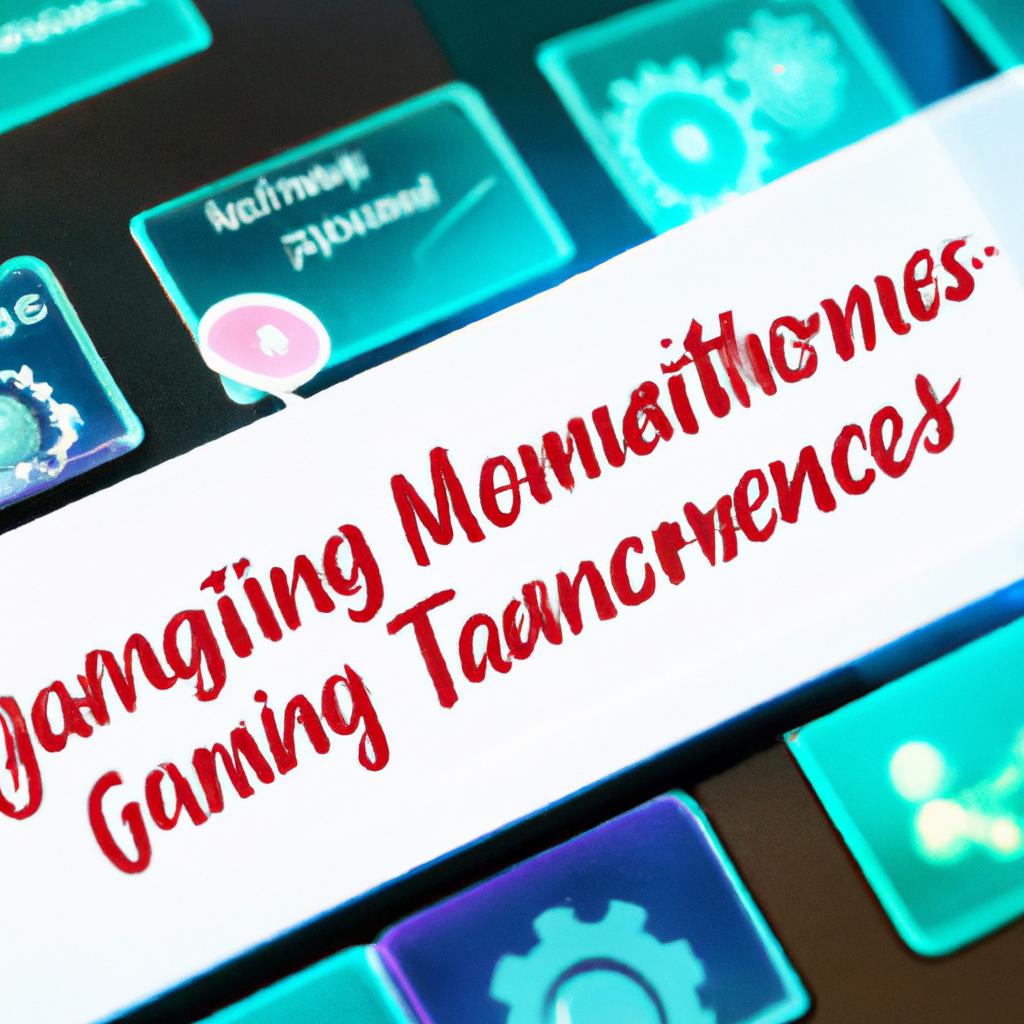**”Gamification in Fitness Apps: How Game Mechanics Can Enhance User Engagement and Motivation”**
# Gamification in Fitness Apps: How Game Mechanics Can Enhance User Engagement and Motivation
In today’s fast-paced digital world, maintaining a healthy lifestyle can feel like an uphill battle. With busy schedules and constant distractions, many people struggle to find the motivation to exercise regularly or adhere to a balanced diet. However, the rise of fitness apps has revolutionized how we approach health and wellness. By incorporating gamification—using game-like elements in non-game contexts—these apps aim to boost user engagement and motivation. This blog post will explore how gamification can enhance fitness apps, providing users with the incentives they need to stay on track while also offering valuable nutrition tips, exercise advice, and health benefits.
## The Power of Gamification
Gamification refers to the integration of game mechanics into non-game environments, promoting engagement through competition, rewards, and progress tracking. In fitness apps, gamification can take many forms, including challenges, leaderboards, badges, and virtual rewards. These features not only make workouts more enjoyable but also create a sense of community among users.
### Engaging Challenges and Competitions
One of the most effective gamified elements in fitness apps is the introduction of challenges and competitions. By allowing users to compete against friends or other app users, individuals can feel a sense of camaraderie and accountability. These challenges can range from step counts to workout streaks, helping users stay motivated and engaged.
### Reward Systems and Achievements
Reward systems, such as earning points, badges, or trophies, provide users with tangible recognition for their efforts. Achievements can lead to a sense of accomplishment, reinforcing positive behavior and encouraging users to set and reach new goals. For instance, users may receive a badge for completing their first 5K run or for maintaining a consistent workout schedule for a month.
## Nutrition Tips
Incorporating nutritional guidance within fitness apps can further enhance user engagement. Gamifying the nutrition aspect can motivate users to make healthier choices while tracking their food intake.
### Track Your Meals
Many fitness apps allow users to log their meals, making it easier to understand their nutritional intake. By tracking calories and macronutrients, users can see their progress over time. To gamify this process, apps can reward users for consistently logging their meals or for reaching specific nutrition goals.
### Set Nutritional Challenges
Consider setting weekly nutritional challenges, such as trying a new healthy recipe or incorporating more fruits and vegetables into your diet. By framing these activities as games, users are more likely to engage with the process and adopt healthier eating habits.
## Exercise Advice
In addition to gamification, providing users with tailored exercise advice can significantly enhance their fitness journey.
### Create Personalized Workouts
Fitness apps can offer personalized workout plans based on users’ fitness levels and goals. By incorporating gamified elements, such as progress tracking and achievements, users can be encouraged to complete their workouts and strive for improvement.
### Use Virtual Coaching
Some apps feature virtual trainers that guide users through workouts. By incorporating elements of gamification, such as earning points for completing workouts or receiving feedback on performance, users can feel more connected to their fitness journey.
## Health Benefits
Engaging with fitness apps through gamification can lead to numerous health benefits that extend beyond physical fitness.
### Improved Mental Health
Regular exercise and healthy eating habits can significantly impact mental health. Gamified fitness apps can help users overcome barriers to exercise by making it enjoyable and rewarding. When users feel motivated and engaged, they are more likely to incorporate physical activity into their daily routines, leading to improved mood and reduced anxiety.
### Increased Social Connections
Many fitness apps foster a sense of community among users, allowing individuals to connect and support one another in their health journeys. This social aspect can enhance motivation and accountability, leading to better adherence to fitness goals and a more enjoyable experience overall.
### Long-term Lifestyle Changes
Gamification can encourage users to adopt healthier habits that last beyond their initial engagement. As users experience success and enjoyment through gamified elements, they are more likely to make fitness a regular part of their lives. This can lead to long-term lifestyle changes that promote overall health and well-being.
## Conclusion
Incorporating gamification into fitness apps offers a unique approach to enhancing user engagement and motivation, making exercise and healthy eating more enjoyable and rewarding. By leveraging challenges, rewards, personalized advice, and a sense of community, these apps can facilitate lasting lifestyle changes that improve both physical and mental health. Embracing gamification in fitness not only makes















Post Comment